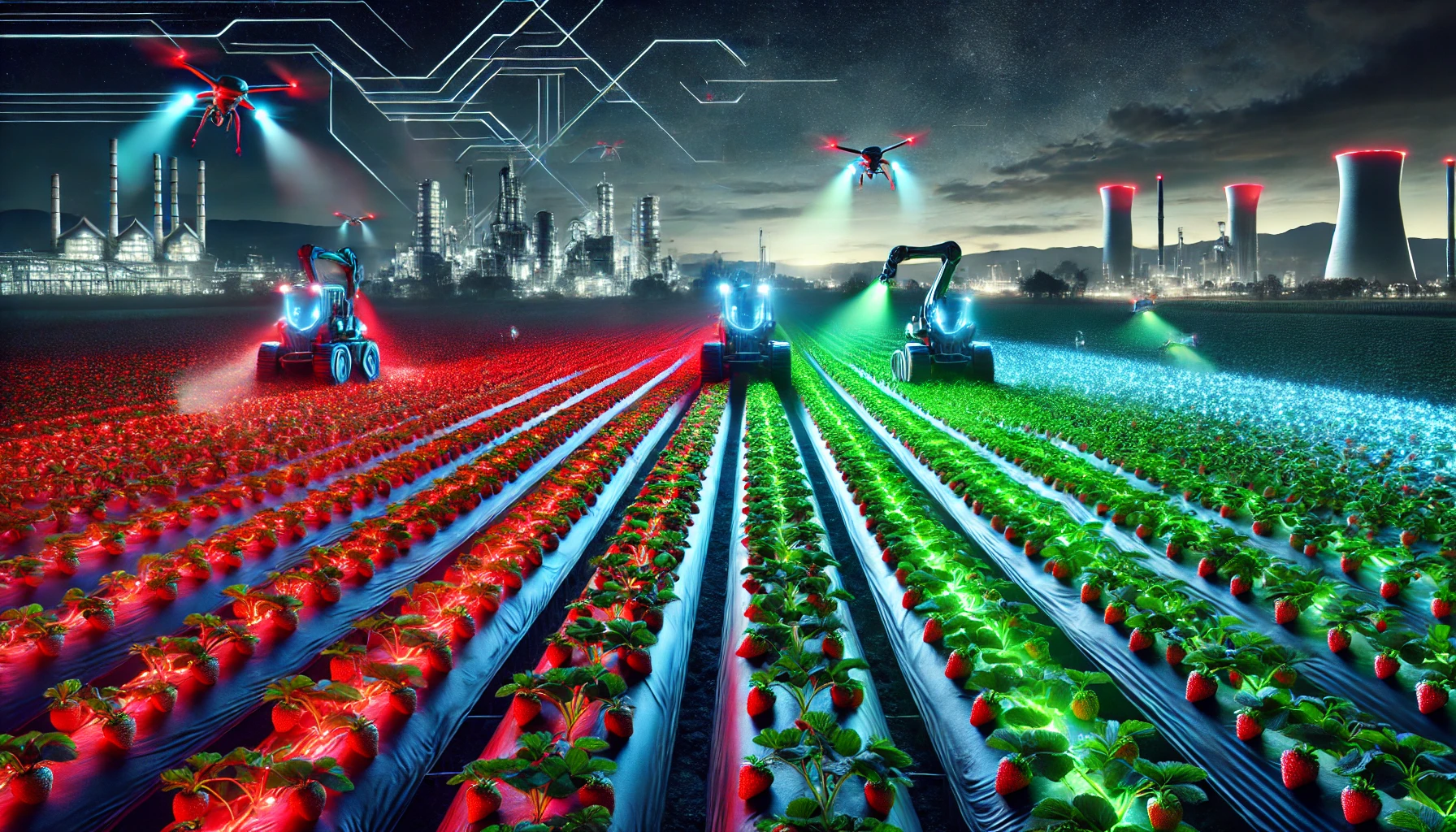AI may soon work alongside humans to cultivate the perfect strawberry.
Researchers at Western University have developed an AI system that promises to transform how we grow one of the world’s favorite fruits – the strawberry – with potential ripple effects across the entire agricultural sector.
And no, this isn’t related to OpenAI’s o1 model, formerly codenamed “Project Strawberry.”
The study, published in the journal Foods, showcases a remarkable leap forward in agricultural technology.
Using advanced machine learning techniques, the team has created a system capable of detecting strawberry ripeness and diseases with nearly 99% accuracy – all through simple camera monitoring.
“We wanted to reduce the size of these AI models to make it something feasible for farmers and localized production,” said Joshua Pearce, the John M. Thompson Chair in Information Technology and Innovation at Western Engineering and Ivey Business School.
“We didn’t want to just increase the accuracy, which is above 98%, but also reduce the size of the models.”
What sets this research apart is its focus on accessibility. Unlike many high-tech agricultural solutions that cater to large-scale operations, Pearce and his colleague Soodeh Nikan designed their system with small and medium-sized farms in mind.
The team’s methodology combined innovative AI techniques with practical agricultural knowledge:
- They started by collecting diverse sets of strawberry images, including healthy fruits and those affected by various diseases.
- These images were then processed and augmented to create a robust training dataset.
- The researchers fine-tuned three different AI models – Vision Transformer, MobileNetV2, and ResNet18 – each bringing unique strengths to the task.
- To ensure the AI could handle real-world variability, they incorporated techniques like class weighting and synthetic image generation.
- Perhaps most crucially, they integrated “attention mechanisms” into the models, allowing the AI to focus on the most relevant parts of each image.
The system excels at two primary tasks:
- Ripeness detection: It can accurately classify strawberries as ripe or unripe, helping farmers optimize harvest timing.
- Disease identification: The AI can detect and identify seven distinct types of strawberry diseases: angular leaf spot, anthracnose fruit rot, blossom blight, gray mold, leaf spot, powdery mildew fruit, and powdery mildew leaf.
The results speak for themselves. With accuracy rates hovering around 98%, the system outperforms previous attempts at automated strawberry monitoring by a vast margin.
However, the implications of this research extend far beyond just improving strawberry yields.
The potential for reducing food waste is also evident. According to the Food and Agriculture Organization of the United Nations, approximately 14% of food produced is lost between harvest and retail.
Technologies like this AI system could help address this issue by optimizing harvest timing and reducing losses due to disease or overripeness.
“Reducing waste and the cost of food is obviously a big issue these days. Like everyone, I am always surprised when I go to grocery store and see the price of fresh fruits and vegetables,” said Nikan.
“When choosing projects, I usually look for something that is safety critical or a societal need. With my experience in other applications, I jumped at the chance to apply my knowledge and expertise to food security.”
Looking ahead, the team is already planning to test their system in outdoor settings, potentially using drones for wider field monitoring.
They’re also exploring the use of AI-generated synthetic images to further reduce the data requirements for training effective models.
“As opposed to taking images of millions of strawberries, which is a low efficiency, high-cost approach, we are using synthetic images and open-source software to create millions of images ourselves, with relatively low computer power, which now allows us to pinpoint highly granular observations about ripeness and disease for very specific plants,” said Nikan.
Pearce added, “The software is completely free and open-source and farmers of any type are free to download it and then adapt it to their needs. They may prefer to have the AI system send them an email or ping their phone when they detect disease or even forward an image of a specific plant that is ready to pick. The software is wide open to make it your own.”





